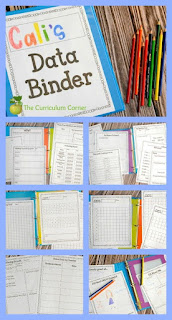Week 3 Reflection
During week three of classes, we discussed documentation. Documentation is a dynamic record of a child's progress. This includes photographs, comments written by a teacher, pictures drawn from children, portfolios, and much more. By frequently documenting our students, we constantly ask ourselves, "Are they showing progress?" and "Can they handle the materials they've been learning?". These questions allow us to see growth in our students and to make sure they are understanding the materials taught and staying proficient on state standards. A popular way to keep documentation on our students is a profile. A student profile is a systematic collection of evidence of a child's work and learning collected over time that shows their effort, progress, and/or achievement. By keeping a profile it provides teachers with authentic evidence and shows possible growth or decline in a child's learning.
In class, we also talked about different documentation profiles like The Reggio Emilia and Conventional style of documentation. The Reggio Emilia approach considers learning as the process of construction. The child is viewed as the protagonist, teachers viewed as an attentive listener, and the environment as a third teacher. Conventional documentation on the other hand, is very traditional (and boring). This includes report cards, unit exams, and creates completion between students. There is also an approach called The Project Approach. This is an in-depth exploration of a topic that may be child or teacher initiated. It also allows students to take control of their own learning and explore on their own. In this approach, there are three stages. The first stage is when the project topic is selected, and children typically brainstorm or make webs. The second stage is when the project is in progress and students typically take a field trip to the topic they are learning about. The final and third step is consolidating the project and possibly doing something similar in school, like a bake sale, or fixing something, like a playground.


.jpg)


Hey Ana, I really like how you went into detail about each approach to documentation! Your blog is easy to navigate and contains great pictures!
ReplyDeleteHi Ana! I really love the detail in your blog. You provided very effective ways for how to incorporate and help students through documentations.
ReplyDelete